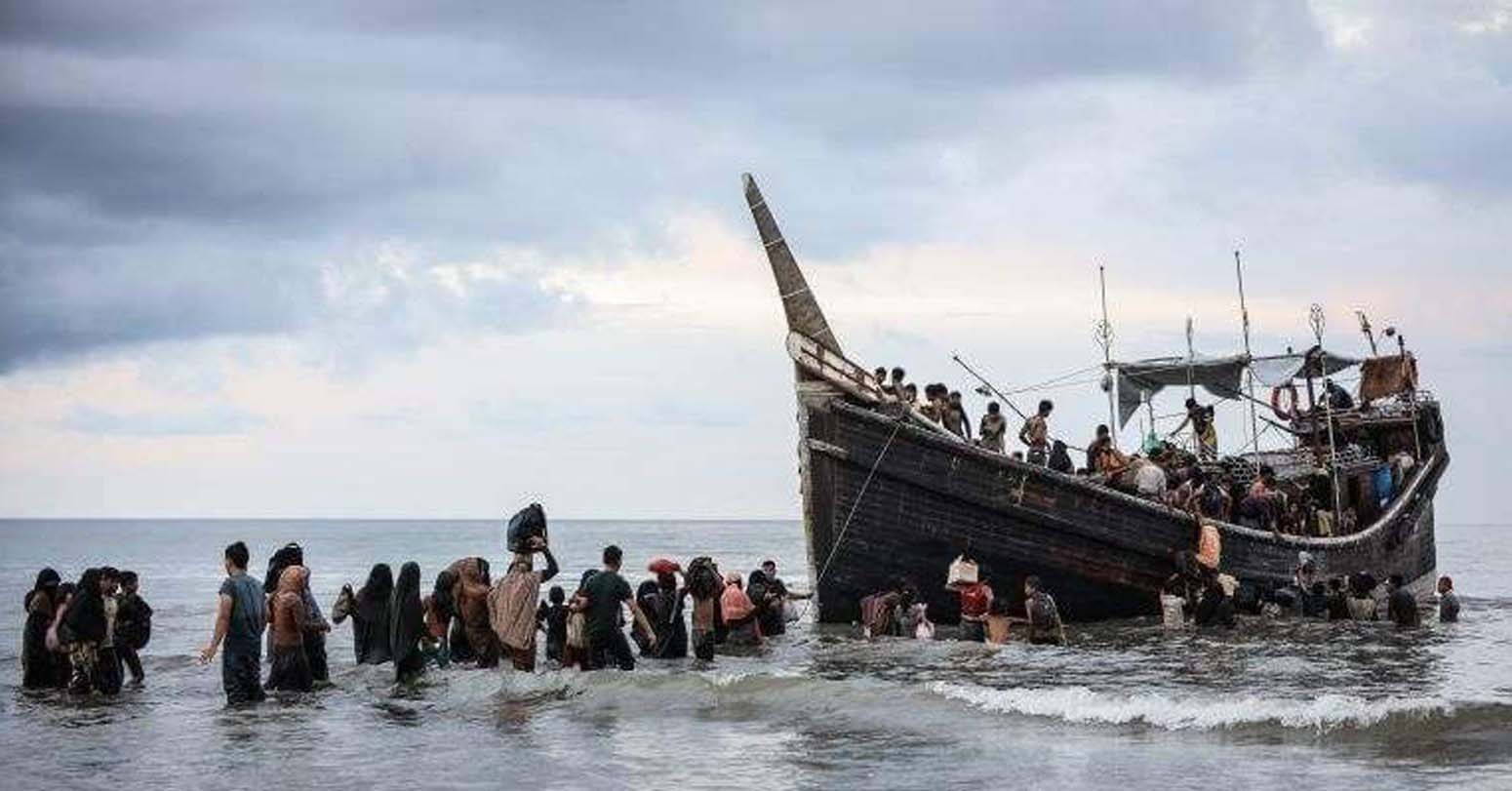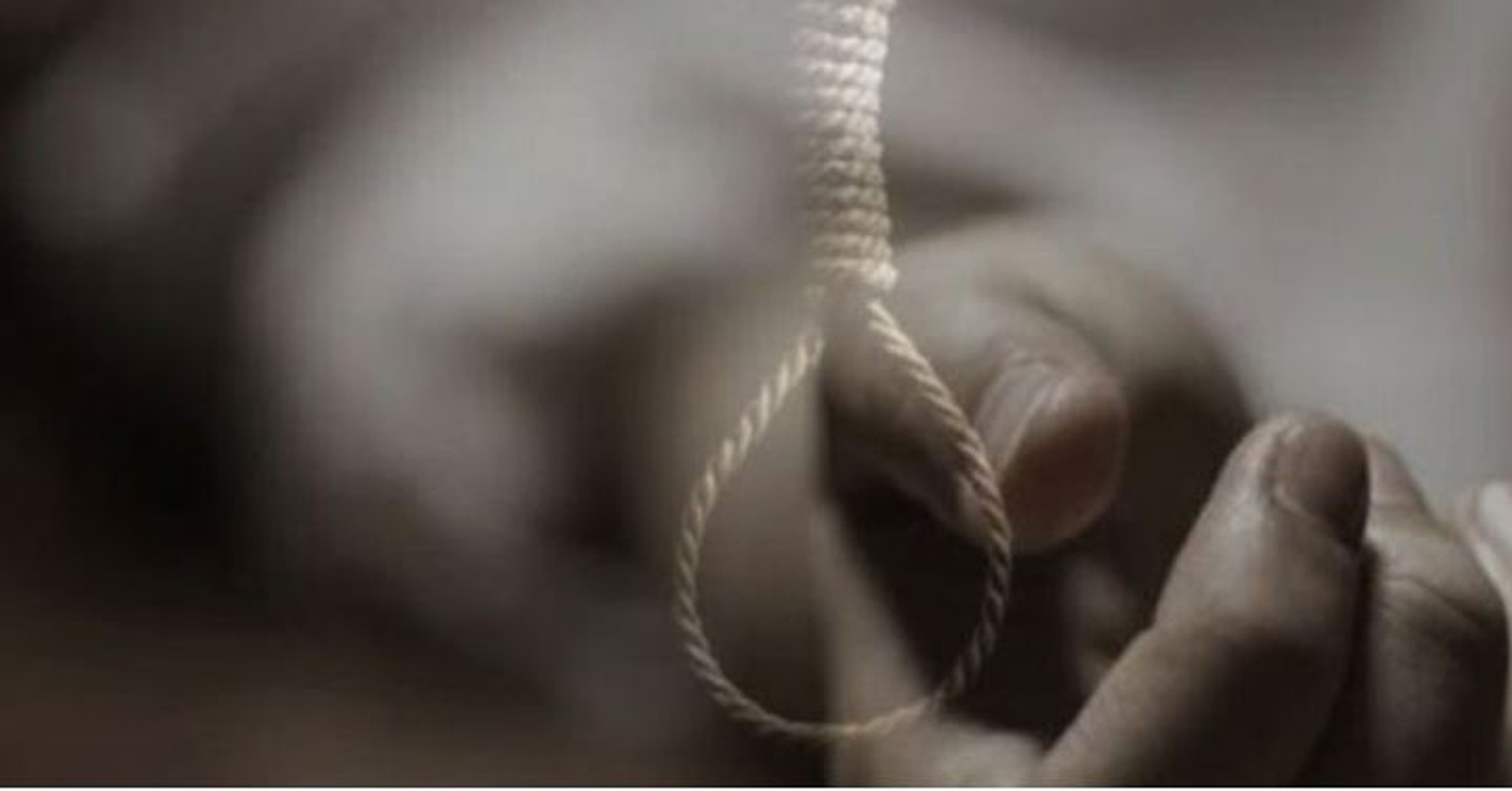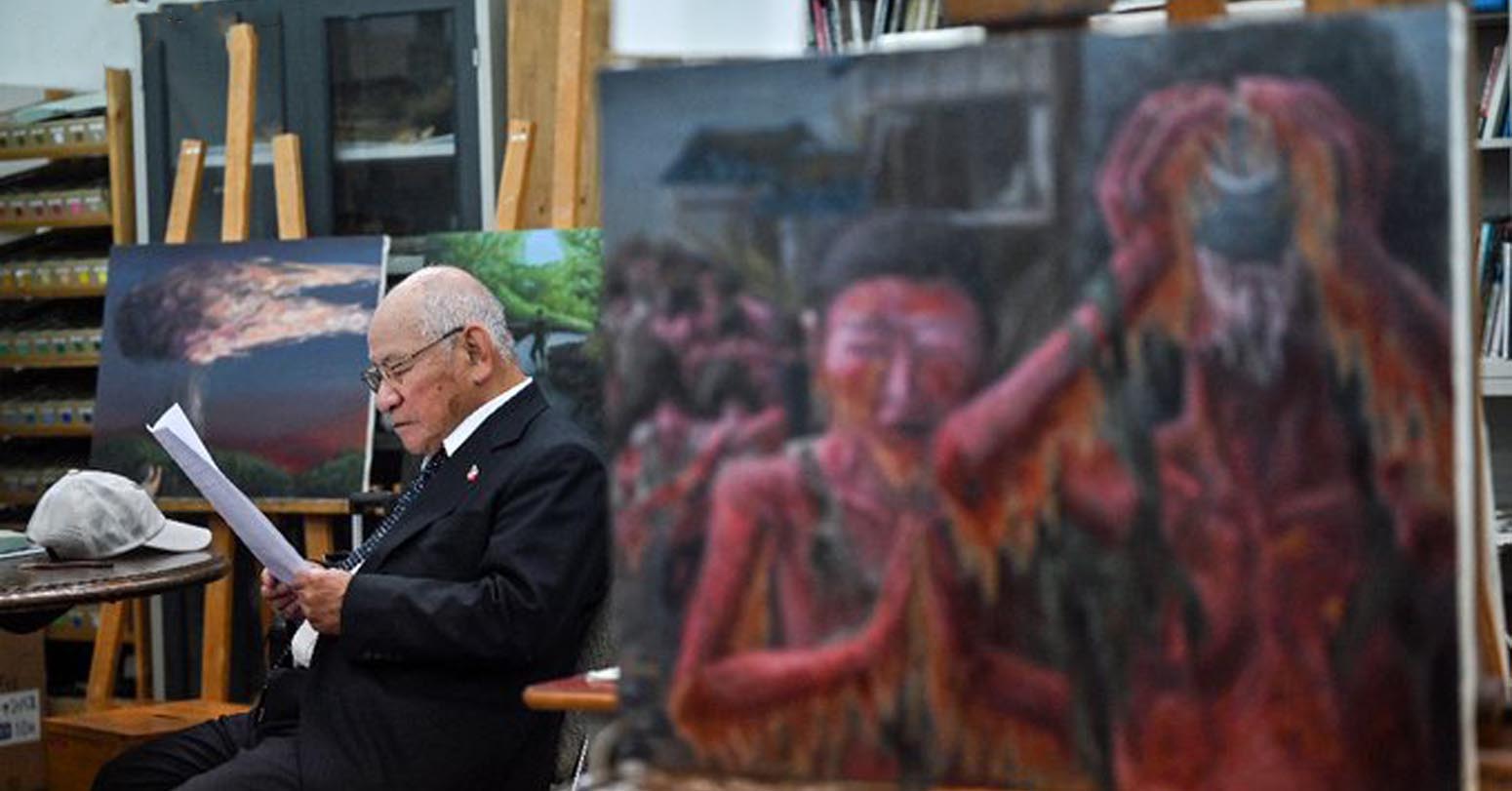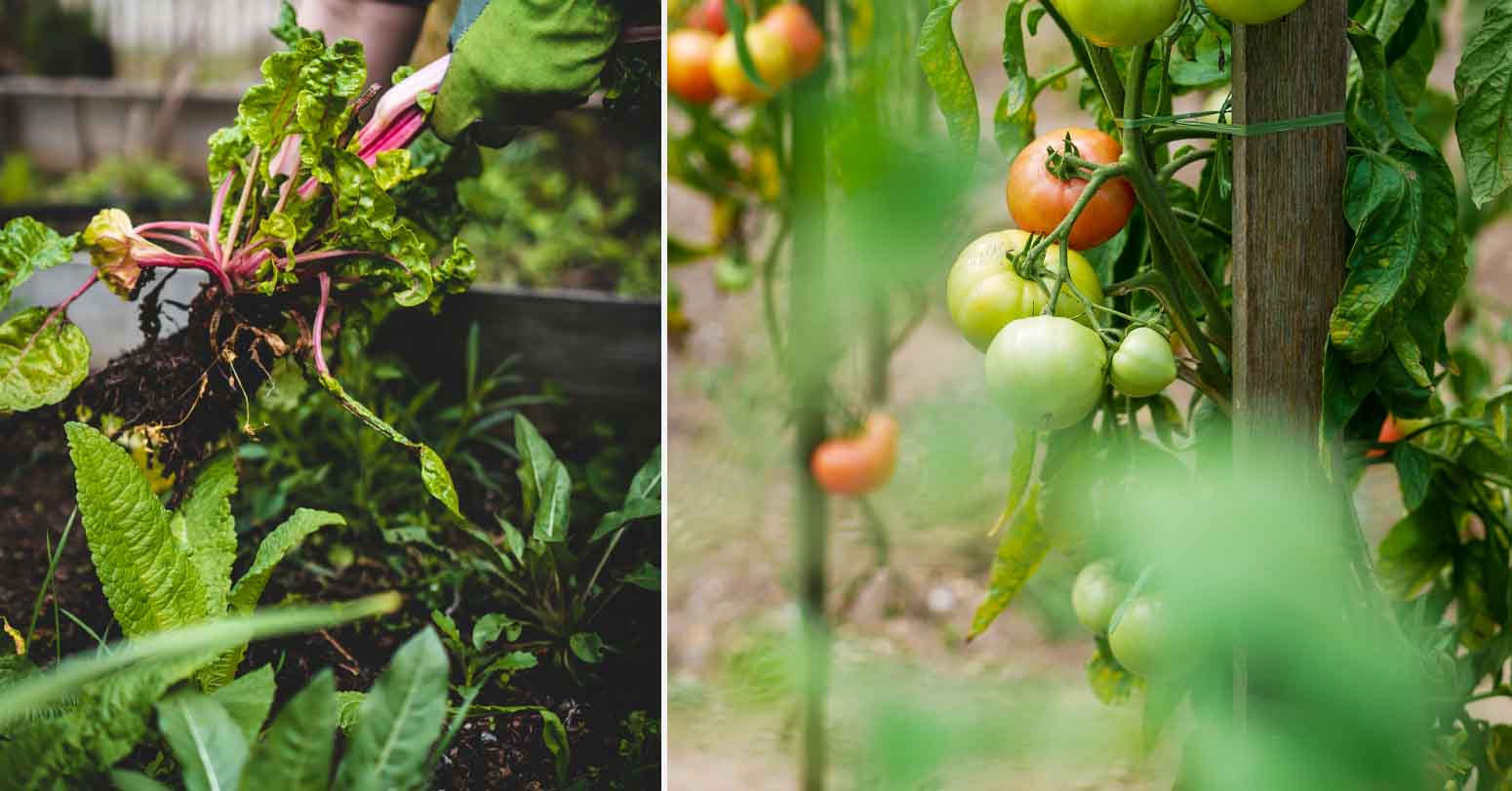The death penalty has strong public support in Japan but is also heavily criticised for the secretive and "cruel" way it is carried out.
As Shinji Aoba is sentenced to death for a 2019 arson attack that killed 36 people at an anime studio in Kyoto, here are some facts about capital punishment in Japan:
- 80% support -
Japan and the United States are the only two members of the Group of Seven industrialised economies to retain the death penalty.
There is overwhelming public support for the practice: a 2019 government survey found that 80 percent of people saw the death penalty as "unavoidable".
In the same survey, which had more than 1,500 participants, just nine percent were in favour of abolishing it. Of those who supported capital punishment, around 57 percent said victims' families "would never feel vindicated" if it were scrapped.
- Dozens on death row -
As of December, 107 prisoners were waiting for their death sentences to be carried out, the Justice Ministry told AFP. It is always done by hanging.
Aoba can appeal against the sentence given by the Kyoto District Court and the law stipulates that executions must be carried out within six months of a finalised verdict. However, in reality, most inmates are left on tenterhooks in solitary confinement for years -- and sometimes decades.
- 'Cruel' method -
Hanging has been Japan's sole execution method for around a century-and-a-half. Convicts are led to the gallows blindfolded, with their feet bound and hands cuffed. A trapdoor opens below them when several prison officers each press a button simultaneously in an adjacent room.
None is told which button triggers the deadly mechanism. Three death-row prisoners sought an injunction against the hanging method in 2022, calling it "cruel". Critics have argued that hanging is prone to botched executions and makes for a long, agonising death.
- Recent executions -
No executions were carried out in Japan in 2023 but there was one in 2022 and three in 2021. The last hanging, in July 2022, was of Tomohiro Kato, who killed seven people in 2008 when he rammed a truck into pedestrians in Tokyo's Akihabara district and then went on a stabbing spree.
The high-profile executions of the guru Shoko Asahara and 12 former members of the Aum Shinrikyo doomsday cult took place in 2018.
Aum Shinrikyo orchestrated the 1995 sarin gas attacks on Tokyo's subway system, killing 13 people and making thousands more ill.
A 21-year-old man was reportedly sentenced to death last week for killing the parents of a girl he had a crush on and setting their home on fire.
- 'No warning' -
There is widespread criticism over the system and a lack of information. Inmates are often informed of their impending death at the last minute, typically in the early morning just a few hours before it happens.
Some "may be given no warning at all", rights group Amnesty International once said in a report.
The psychological pain of not knowing when they will be put to death prompted two prisoners to file a lawsuit against the late-notice system in 2021, with a verdict reportedly expected in April.
No family members are allowed to witness the inmates' last moments. Public discourse on the death penalty is also limited, with activists calling for better disclosure of information by authorities to stimulate nationwide discussions.
-AFP



















Middle-aged man spends millions to
Dr. Dharam Raj Upadhyay: Man
Breathing The Unbreathable Air
Comprehensive Data Protection Law Critically
Gender Differences In Mental Healthcare
Erosion of Democracy